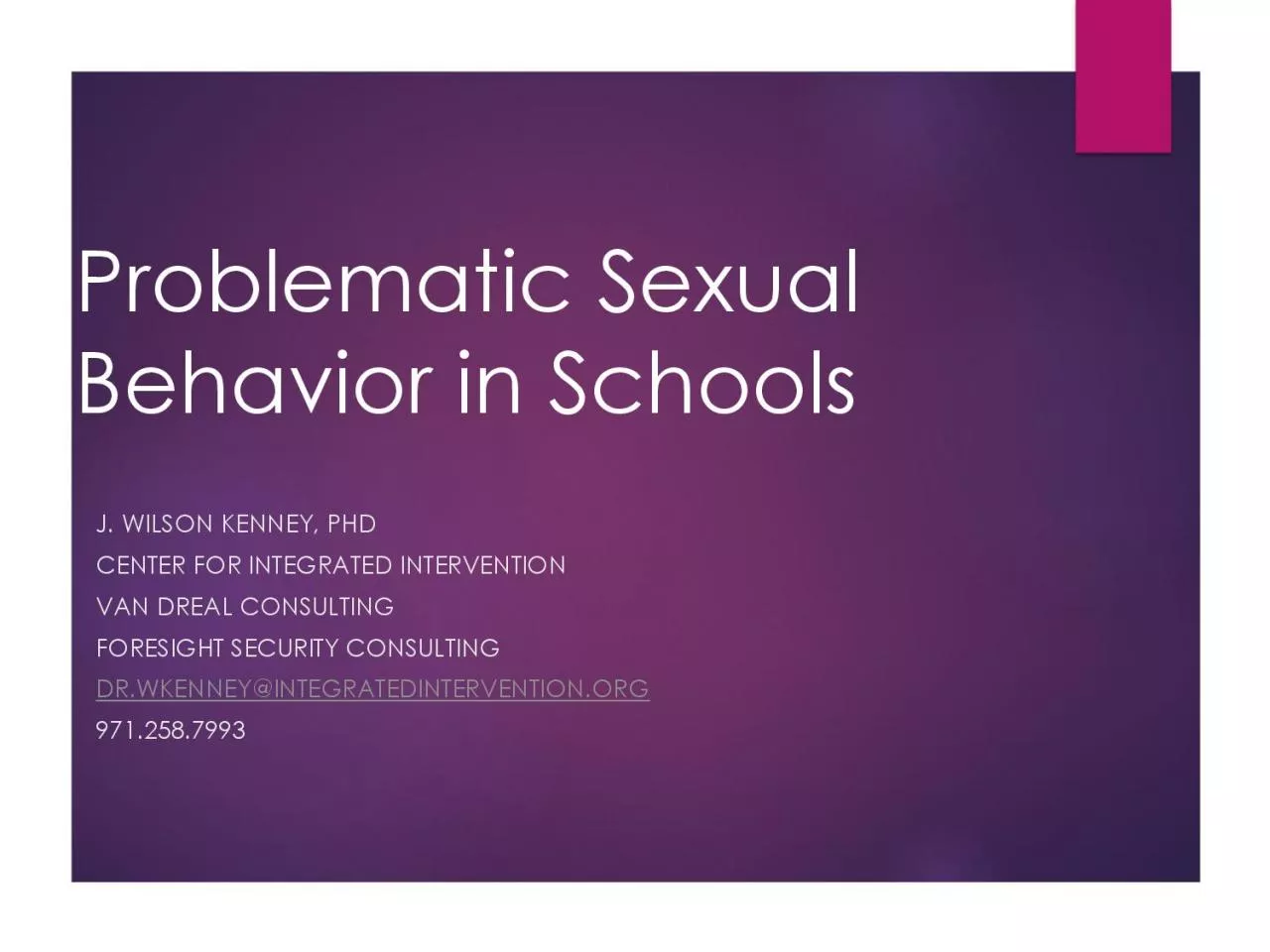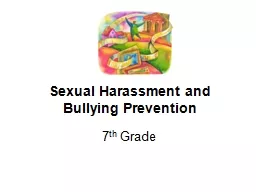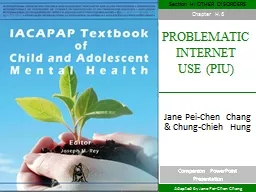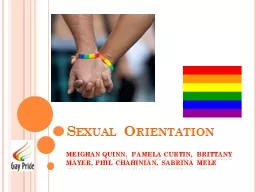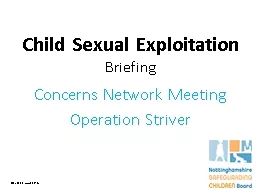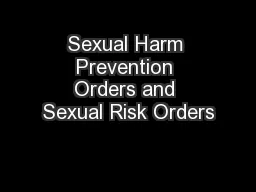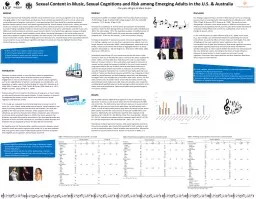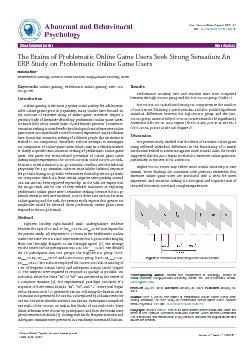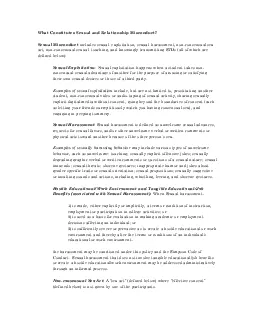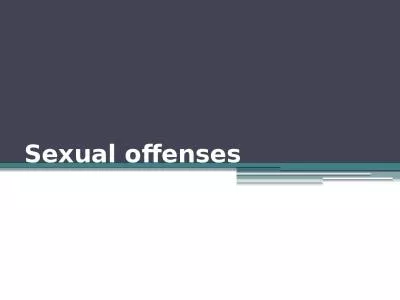PDF-Problematic Sexual
Author : joy | Published Date : 2022-09-23
Behavior in Schools J WILSON KENNEY PHD CENTER FOR INTEGRATED INTERVENTION VAN DREAL CONSULTING FORESIGHT SECURITY CONSULTING DRWKENNEYINTEGRATEDINTERVENTIONORG 9712587993
Presentation Embed Code
Download Presentation
Download Presentation The PPT/PDF document "Problematic Sexual" is the property of its rightful owner. Permission is granted to download and print the materials on this website for personal, non-commercial use only, and to display it on your personal computer provided you do not modify the materials and that you retain all copyright notices contained in the materials. By downloading content from our website, you accept the terms of this agreement.
Problematic Sexual: Transcript
Download Rules Of Document
"Problematic Sexual"The content belongs to its owner. You may download and print it for personal use, without modification, and keep all copyright notices. By downloading, you agree to these terms.
Related Documents

